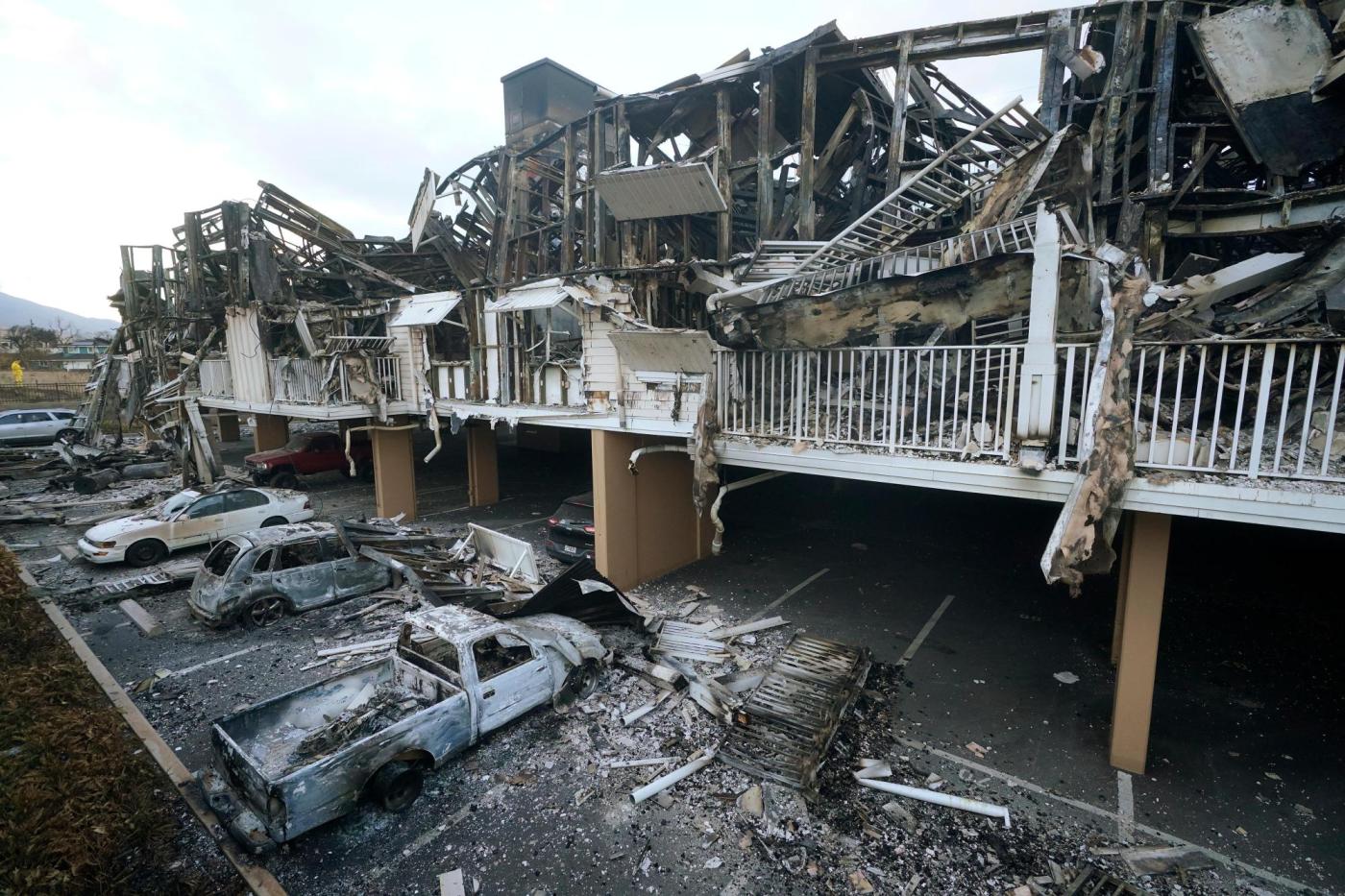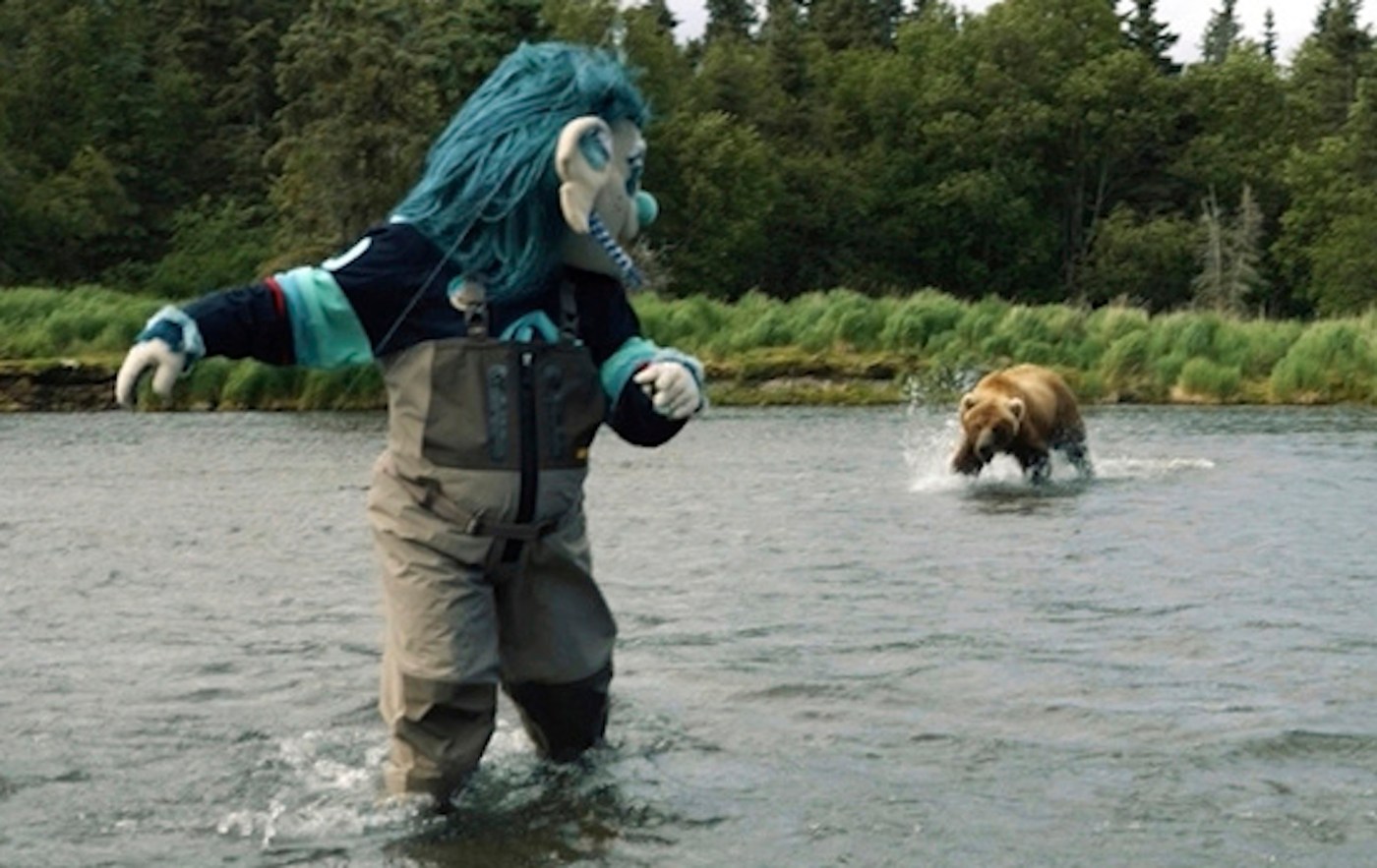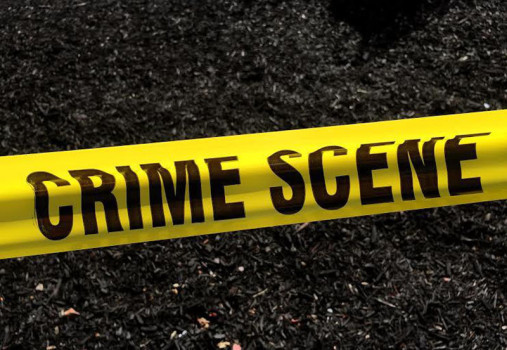Because he lives up against the hills in Los Gatos near Monte Sereno, marketing consultant Dave Ginsburg essentially planned for his home to be almost fireproof.
With a team of architects based in Colorado, Ginsburg’s home was constructed to implement the Frontline Wildfire Defense system. This external sprinkler system uses Frontline’s fire tracking software and turns on automatically when a fire is within seven miles of the house. Once activated, the system expels water and a biodegradable firefighting foam to make the environment too wet to burn.
Frontline markets itself as having been developed by an expert group of firefighters, technologists and landscape ecologists with the goal of saving lives and property and protecting the integrity of natural processes. According to NBC Bay Area, 59 of 61 houses with Frontline Wildfire Defense were saved in the Palisades Fire.
David Ginsburg shows off his fire protection features, which includes several Tesla Powerwalls instead of generators, at his home in Los Gatos, Calif., on Monday, July 28, 2025. (Nhat V. Meyer/Bay Area News Group)
Ginsburg’s house took four years to build, and he and his family moved in about a year and a half ago. Ginsburg said that after his wife told him about how her coworkers had lost their homes in the wildfires in Santa Rosa a few years ago, and after the couple saw the orange skies during the CZU fires, they began considering home hardening efforts.
Related Articles
Gifford Fire: Massive blaze in central California threatens more than 800 structures and leaves 3 injured
Map: Gifford Fire grows 10,000 acres overnight to become California’s biggest wildfire of 2025
Car fire on I-580 sparks vegetation fire
Map: Gifford Fire in Central California nears 50,000 acres
Map: Fire closes Santa Cruz Mountains trail
“That got us thinking, we want something a little bit beyond the normal here,” Ginsburg said, referring to their decision to go with external sprinklers instead of the indoor system required under building codes.
Ginsburg’s home has 35 hidden nozzles installed around the perimeter that pop out when the sprinkler system is engaged. There are large tanks of water and fire retardant hidden in closet-sized rooms. Ginsburg said there is also an auxiliary line connected to the pool for an additional water supply in case municipal water shuts off.
There are multiple ways to turn on the sprinkler system aside from its automatic programming that turns on when a wildfire is detected. Ginsburg demonstrated a control panel on the side of his home that allows him to turn the system on and off. There is also a satellite-controlled cell phone application that allows users to control the systemin case there is no cellular service.
David Ginsburg shows off his fire protection features, including the app for Frontline Wildfire Defense, at his home in Los Gatos, Calif., on Monday, July 28, 2025. (Nhat V. Meyer/Bay Area News Group)
Ginsburg also undertook several other home hardening efforts. The house is made of a combination of steel, glass and cedar, which is somewhat flame resistant. The large trees around his property are trimmed to prevent fires from catching too close to the house. He has gravel pathways and plants that need little water around the actual house. In case the house loses power, Ginsburg also installed three large Tesla power cells in the garage that serve as a backup power supply, which are kept slightly charged by the solar panels on his roof.
“The house itself is (designed) partially from code requirements and partially just aesthetics and also wanting to doubly fireproof it,” Ginsburg said.
According to the Silicon Valley chapter of the American Institute of Architects, Ginsburg bought the house in 2010 for about $1 million and pulled a permit around 2021 for $2 million. The house itself is likely worth between $8 million and $10 million. Ginsburg said it cost $75,000 to install the Frontline Wildfire Defense system.
The cost of the Frontline Wildfire Defense system puts it out of the reach of some, and it’s debatable whether external sprinkler systems would actually work in all wildfire scenarios. The Federal Emergency Management Agency said that internal sprinklers are effective in all fire severity zones in extinguishing fires at an early stage and preventing substantial damage from heat and smoke or total loss of the building. However, external sprinkler systems require timely activation for the system to be effective. The high winds that drive wildfires can also significantly degrade the effectiveness an exterior sprinkler system, according to FEMA.
In fact, the Marin Wildfire Prevention Authority does not recommend these systems if they must be triggered on site. There are concerns that exterior garden sprinklers can reduce water pressure for entire neighborhoods when turned on, and the the group suggests making sure residents create defensible space and retrofitting their homes with home hardening techniques before considering installing external sprinklers.
According to Headwaters Economics, retrofitting parts of an existing home with fire-resistant materials can range from $2,000 to $15,000. These include installing flame-resistant vents and using noncombustible mulch. Bigger modifications, like landscaping changes and roof modifications, can range from $2,500 to $6,000. However, some home-hardening techniques can be free, like simply clearing out flammable materials and debris from roofs.





